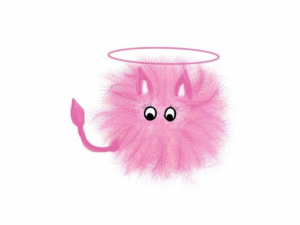What Is Visual Snow Syndrome? Causes and Symptoms – WebMD
Visual snow syndrome is a rare condition that causes a continuous visual disturbance that occupies the whole visual field. The syndrome is characterized by visual static, which appears as tiny flickering dots that can be black and white, colored, or transparent. There is no known cure for this condition, as research is still ongoing.
Here’s what you need to know.
What Is Visual Snow Syndrome?
Visual snow is a continuous visual disturbance that…….

Visual snow syndrome is a rare condition that causes a continuous visual disturbance that occupies the whole visual field. The syndrome is characterized by visual static, which appears as tiny flickering dots that can be black and white, colored, or transparent. There is no known cure for this condition, as research is still ongoing.
Here’s what you need to know.
What Is Visual Snow Syndrome?
Visual snow is a continuous visual disturbance that can entirely obscure vision. People who have it often describe it as a tiny flickering that resembles television static. While this “snow” is usually black and white, it might also be colored or transparent.
Research on visual snow syndrome is minimal, as it is a rare condition. Most of what we know about this condition comes from single-patient reports. The exact causes are yet unknown — however, experts have identified a link with some other conditions such as tinnitus.
Visual snow syndrome often comes accompanied by other visual disturbances that make this condition highly obstructive in most cases. For example, some have reported impaired night vision or sensitivity to light (photophobia). Furthermore, visual effects originating from the eye are also common, such as palinopsia — a condition which causes prolonged after-images, as if objects were leaving a trace.
Visual Snow Syndrome Symptoms
While research is limited, experts have been able to distinguish two kinds of visual snow syndrome symptoms: visual and non-visual. Naturally, visual symptoms are the easiest way to tell if you have this condition, as the visual distortions it causes are very characteristic.
The most important symptom to keep in mind is the visual static, which is described as uncountable tiny, flickering dots. These appear all over the visual field and may be black and white, colored, or transparent. Other, similar visual distortions are also possible, so make sure you describe what you are experiencing properly to your doctor.
Besides the previously described distortions, there are some other visual symptoms that often come with visual snow syndrome. People with this condition usually report a decreased perception of contrast and depth, along with the feeling that their visual field is less clear.
Although visual symptoms are the telltale signs to keep in mind when referring to visual snow syndrome, there are also some key nonvisual symptoms that may come with it. Here are some of the most common ones:
Experts have also found links between visual snow syndrome and both tinnitus and migraines. It’s unclear why these correlate, but it’s important to be alert for all symptoms when considering visual …….
Source: https://www.webmd.com/eye-health/what-is-visual-snow-syndrome







